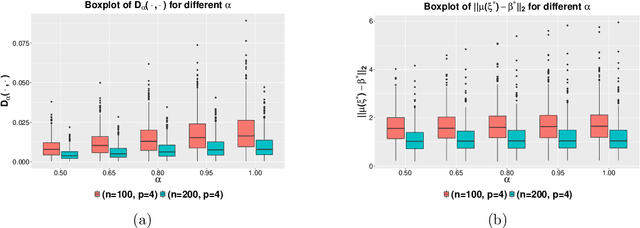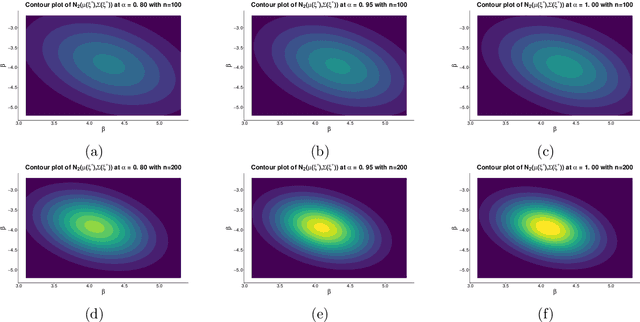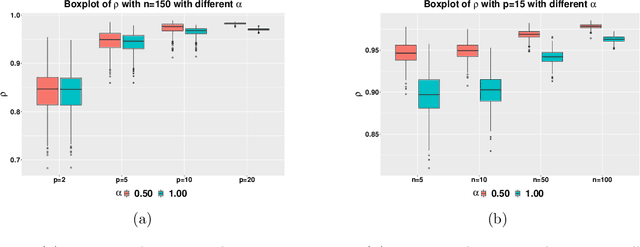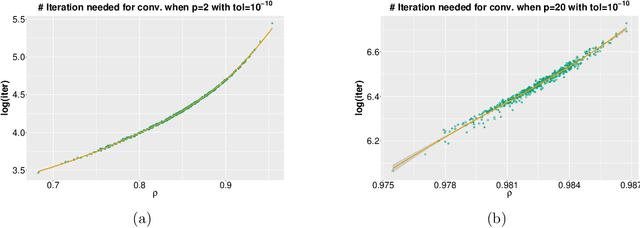Indrajit Ghosh
An ensemble neural network approach to forecast Dengue outbreak based on climatic condition
Dec 20, 2022Abstract:Dengue fever is a virulent disease spreading over 100 tropical and subtropical countries in Africa, the Americas, and Asia. This arboviral disease affects around 400 million people globally, severely distressing the healthcare systems. The unavailability of a specific drug and ready-to-use vaccine makes the situation worse. Hence, policymakers must rely on early warning systems to control intervention-related decisions. Forecasts routinely provide critical information for dangerous epidemic events. However, the available forecasting models (e.g., weather-driven mechanistic, statistical time series, and machine learning models) lack a clear understanding of different components to improve prediction accuracy and often provide unstable and unreliable forecasts. This study proposes an ensemble wavelet neural network with exogenous factor(s) (XEWNet) model that can produce reliable estimates for dengue outbreak prediction for three geographical regions, namely San Juan, Iquitos, and Ahmedabad. The proposed XEWNet model is flexible and can easily incorporate exogenous climate variable(s) confirmed by statistical causality tests in its scalable framework. The proposed model is an integrated approach that uses wavelet transformation into an ensemble neural network framework that helps in generating more reliable long-term forecasts. The proposed XEWNet allows complex non-linear relationships between the dengue incidence cases and rainfall; however, mathematically interpretable, fast in execution, and easily comprehensible. The proposal's competitiveness is measured using computational experiments based on various statistical metrics and several statistical comparison tests. In comparison with statistical, machine learning, and deep learning methods, our proposed XEWNet performs better in 75% of the cases for short-term and long-term forecasting of dengue incidence.
Traffic event description based on Twitter data using Unsupervised Learning Methods for Indian road conditions
Dec 23, 2021Abstract:Non-recurrent and unpredictable traffic events directly influence road traffic conditions. There is a need for dynamic monitoring and prediction of these unpredictable events to improve road network management. The problem with the existing traditional methods (flow or speed studies) is that the coverage of many Indian roads is very sparse and reproducible methods to identify and describe the events are not available. Addition of some other form of data is essential to help with this problem. This could be real-time speed monitoring data like Google Maps, Waze, etc. or social data like Twitter, Facebook, etc. In this paper, an unsupervised learning model is used to perform effective tweet classification for enhancing Indian traffic data. The model uses word-embeddings to calculate semantic similarity and achieves a test score of 94.7%.
Statistical optimality and stability of tangent transform algorithms in logit models
Oct 25, 2020



Abstract:A systematic approach to finding variational approximation in an otherwise intractable non-conjugate model is to exploit the general principle of convex duality by minorizing the marginal likelihood that renders the problem tractable. While such approaches are popular in the context of variational inference in non-conjugate Bayesian models, theoretical guarantees on statistical optimality and algorithmic convergence are lacking. Focusing on logistic regression models, we provide mild conditions on the data generating process to derive non-asymptotic upper bounds to the risk incurred by the variational optima. We demonstrate that these assumptions can be completely relaxed if one considers a slight variation of the algorithm by raising the likelihood to a fractional power. Next, we utilize the theory of dynamical systems to provide convergence guarantees for such algorithms in logistic and multinomial logit regression. In particular, we establish local asymptotic stability of the algorithm without any assumptions on the data-generating process. We explore a special case involving a semi-orthogonal design under which a global convergence is obtained. The theory is further illustrated using several numerical studies.
 Add to Chrome
Add to Chrome Add to Firefox
Add to Firefox Add to Edge
Add to Edge